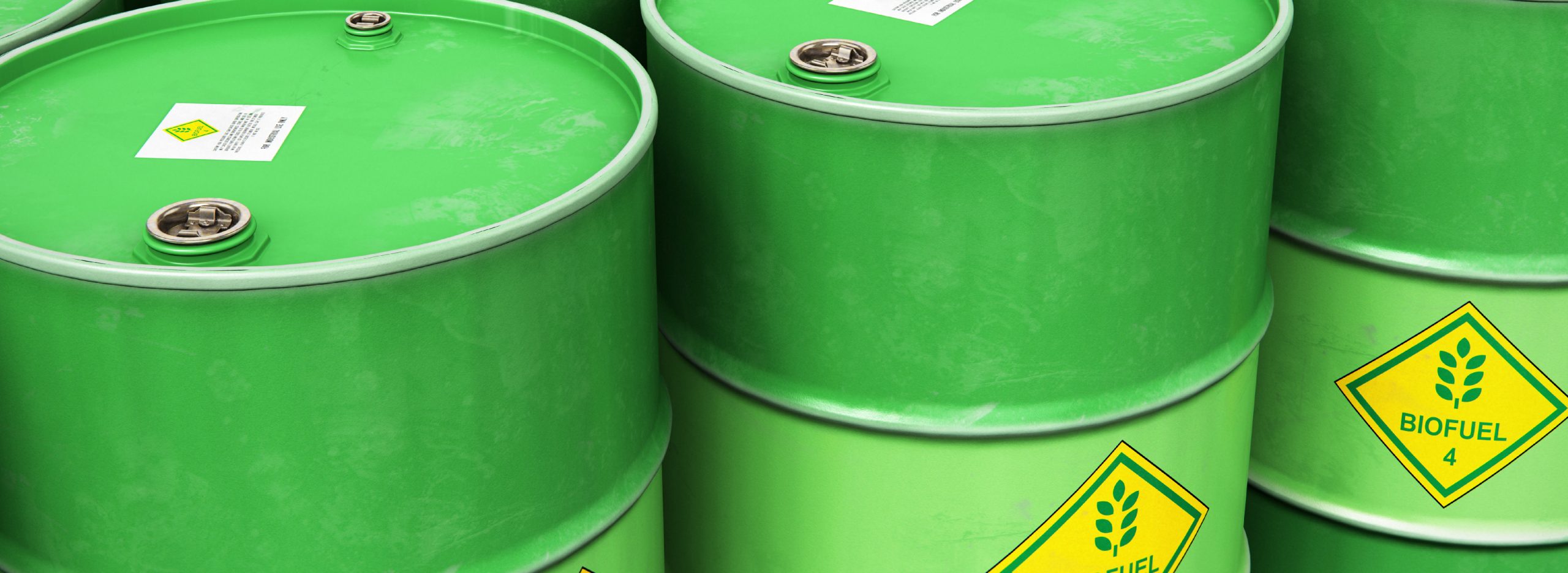Diesel prices are at record highs; for some businesses, the fuel prices are becoming too much. It’s time to find an alternative for your diesel needs. The answer might be biodiesel. One of the most diverse fuel sources, biodiesel is created from a blend of feedstocks, animal fats, soybean oil, and even used cooking oil. These feed sources provide an excellent base for renewable and clean-burning biofuel.
So what is biodiesel exactly?
To create fuel-grade biodiesel, it must meet the same specifications as regular diesel fuel. Technically speaking, biodiesel is “a fuel comprised of mono-alkyl esters of long-chain fatty acids derived from vegetable oils or animal fats, designated B100, and meeting the requirements of ASTM D 6751.” However, biodiesel is also available blended with regular petroleum-based diesel fuel. In this case, it’s designated as BXX, with XX outlining how much biodiesel is present in the blend. The most common biodiesel fuel blend is B20, which contains 6-20% biodiesel. Another standard blend is B5, which has only 5% biodiesel products.
Who can use biodiesel products?
The American Society for Testing and Materials (ASTM) defines the standards for fuel usage. Their fuel standards help guide equipment manufacturers as they design engines, machinery, and the fuels and lubricants in them. Biodiesel has had a full ASTM standard since 2001 with the designation of D-6751. This standard allows B100 or pure biodiesel to be blended with petroleum-based diesel up to 20% or B20. Anything higher than that is usually on a case-by-case basis.
So typically, when discussing how we use biodiesel now, we usually refer to biodiesel blends like B20 or B5 since these are more commonly used. Most major engine companies allow their machinery to use biodiesel blends up to B2O without the owner voiding the parts or warranty on the equipment. They may require that the biodiesel meets the ASTM D-6751 standard. B20 and lower blend biodiesels can be used as a replacement fuel for petroleum-based diesel without having to make engine modifications. Many fleet owners, vehicles, farming equipment, or heavy-duty equipment now use biodiesel blends. More than 78% of diesel vehicles being built today are approved for B20 use.
What are the benefits of using biodiesel?
The number one benefit of using biodiesel products is that it’s better for the environment. The Alternative Fuels Data Center says, “Using biodiesel reduces life cycle emissions because the carbon dioxide released from biodiesel combustion is offset by the carbon dioxide absorbed from growing soybeans or other feedstocks used to produce the fuel. Life cycle analysis completed by Argonne National Laboratory found that B100 use reduces carbon dioxide emissions by 74% compared with petroleum diesel.” Additionally, the National Biodiesel Board has found that:
- Biodiesel use reduces greenhouse gases by 86%
- Lowers hydrocarbon emissions by 67%
It’s not only the environment that benefits from the use of biodiesel. It’s also healthier for us. A recent study found that switching to 100% biodiesel in 28 transportation or home heating oil sectors could provide immediate health benefits, including:
- Reducing asthma cases per year by nearly 456,000
- Reducing nearly 9,500 cancer cases over 70 years
- Preventing almost 910 premature deaths per year
- A total savings of $7.7 billion in healthcare costs per year
Clean Fuels Alliance CEO Donell Rehagen says of these findings, “We have always known that biodiesel offers a better and cleaner alternative to petroleum diesel. This study quantifies the health benefits and shows that by using renewable fuels like biodiesel and renewable diesel, we are bringing positive changes to people’s lives, the nation’s health, and the economy.”
What is the downside of biodiesel?
Biodiesel is an exciting and potentially game-changing fuel source, but it’s not perfect. There is still a long way to go before our engines use B100 fuel. For now, we primarily use biodiesel blends, which don’t have as significant an environmental impact as 100% biodiesel. So what exactly is holding biodiesel back?
- Cold weather issues: One of the drawbacks of biodiesel fuels is that it tends to gel in freezing temperatures faster than petroleum-based diesel. This effect may make it harder for colder regions to adopt widespread biodiesel usage as it’s not as reliable for operators during the winter months.
- It takes more water to produce. You need water to grow the feedstock and crops necessary to adopt widespread biodiesel usage. As more people adopt biodiesel usage, the water demands may pressure resources, especially in areas like California that are already struggling with drought and water management conditions.
- It could increase the cost of food. Biodiesel and biofuels may increase growing demands for crops like corn and soybeans, which are widely used in biofuel production. If more farmers turn to grow biofuel crops, it may raise the price of other crops and increase food security in certain regions. However, increased biofuel crop growth could also lead to widespread deforestation and increased fertilizer demand, affecting food security and prices.
These are only a few of the drawbacks of biofuel usage. There are more, including some technical challenges, that may also affect widespread biofuel adoption by the general public. But as research and industry acceptance grows, solutions for these problems will be found. The reality is that biofuel is a growing industry and movement, especially here in the US. Right now, there are over 125 plants grown that are approved for biodiesel usage, and billions of gallons are produced here each year.
Biodiesel may be the answer
Everyone is looking for ways to reduce their carbon footprint and fuel costs. Biodiesel and biofuel products may be an alternative that can help. If you have questions about biodiesel usage or want to try it, call your Greg’s Petroleum Service representative. We are happy to help you find the right fuel and lubricant products for all your business needs!
